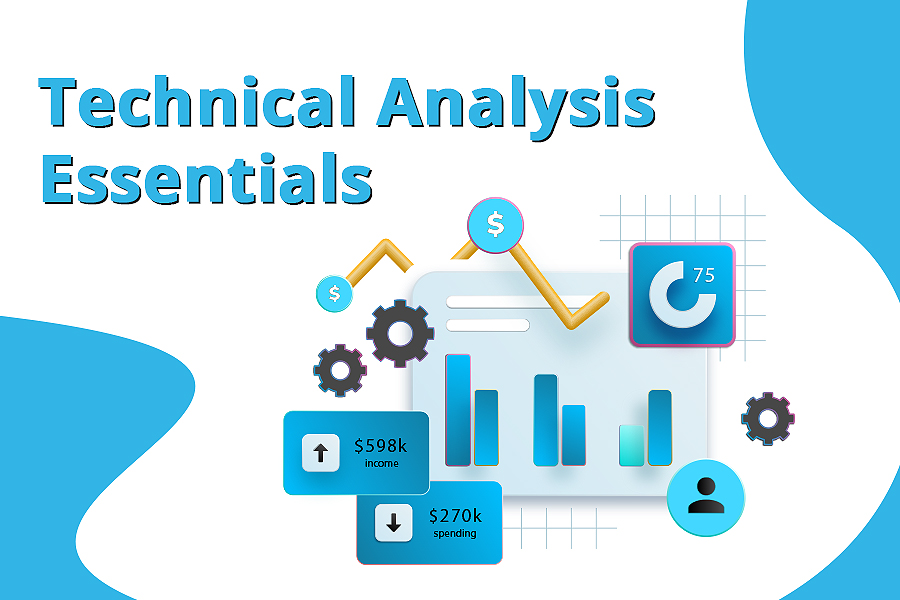
Technical Analysis Essentials
Welcome to the world of technical analysis in Forex trading! Understanding technical indicators and chart patterns can help you identify trends and make informed trading decisions. Let’s explore the basics of technical analysis and how you can apply them to your trading strategy.
What is Technical Analysis?
Technical analysis involves studying historical price data and volume to forecast future price movements. It focuses on identifying patterns, trends, and support/resistance levels using charts and technical indicators.
Key Technical Indicators
- Moving Averages: Moving averages smooth out price data over a specific period, helping traders identify trends. Common types include simple moving averages (SMA) and exponential moving averages (EMA).
- Relative Strength Index (RSI): RSI measures the magnitude of recent price changes to evaluate overbought or oversold conditions. Readings above 70 suggest overbought, while readings below 30 indicate oversold conditions.
- Moving Average Convergence Divergence (MACD): MACD combines moving averages to identify changes in momentum. Traders look for bullish (when MACD line crosses above signal line) or bearish (when MACD line crosses below signal line) signals.
Support and Resistance Levels: Support is a price level where a downtrend may pause or reverse, while resistance is a price level where an uptrend may pause or reverse. These levels are identified through historical price action.
Chart Patterns
- Head and Shoulders: A reversal pattern indicating a potential trend change.
- Double Tops and Bottoms: Reversal patterns where the price fails to break previous highs (double top) or lows (double bottom).
- Trendlines: Lines drawn to connect higher lows (uptrend) or lower highs (downtrend), providing visual confirmation of trend direction.
Incorporating Technical Analysis into Your Trading Strategy
- Identifying Entry and Exit Points: Technical analysis helps pinpoint optimal entry and exit points based on chart patterns and indicators.
- Risk Management: Setting stop-loss orders based on support and resistance levels to manage risk effectively.
Next Steps
As you delve deeper into technical analysis, practice identifying patterns and using indicators on historical price charts. Stay tuned for our next blogs on risk management strategies and advanced trading techniques.
Ready to trade with Uniglobe Markets?
Explore our trading platform’s advanced charting tools and technical indicators. Start applying technical analysis to your trading decisions with competitive spreads and reliable execution.



